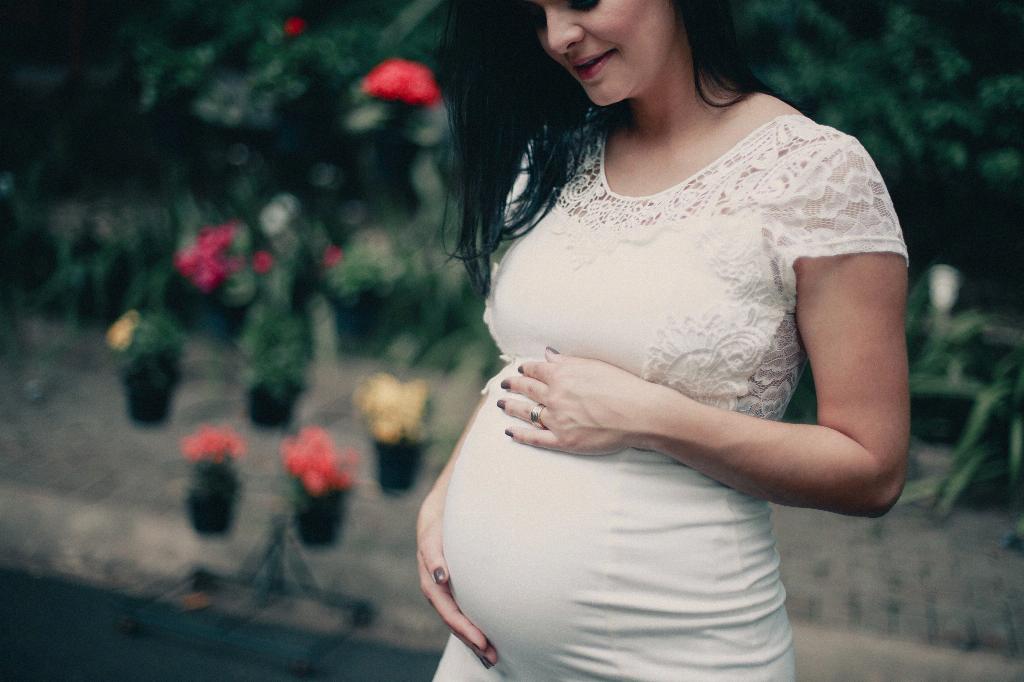When it comes to pregnancy ultrasounds, one common question that many expectant mothers have is whether they need to have a full bladder for the test. While there is no special preparation required for an ultrasound, some healthcare providers suggest that having a full bladder can actually be beneficial during the procedure.
Enhanced Visualization
Having a full bladder before a pregnancy ultrasound can help your healthcare provider obtain a clearer and more precise image of your baby. The full bladder works as a natural acoustic window, allowing the ultrasound waves to travel better through the abdomen and resulting in a clearer picture of the fetus.
Optimal Positioning
With a full bladder, the uterus is pushed up and out of the pelvic cavity, providing better access to the fetus. This optimal positioning can help the ultrasound technician capture more detailed images of the baby’s anatomy and development, leading to a more comprehensive assessment.
Diagnostic Accuracy
For diagnostic purposes, especially in early pregnancy, a full bladder can make a significant difference in the accuracy of the ultrasound results. It can assist in detecting fetal heartbeat, measuring the fetal size, and assessing the overall health and development of the baby, all of which are crucial for proper prenatal care.
Patient Comfort
Although having a full bladder may seem uncomfortable or inconvenient, the benefits it provides in terms of obtaining high-quality ultrasound images outweigh any temporary discomfort. It is a small effort that can greatly contribute to the health and well-being of both the mother and the baby.
Recommendations from Healthcare Providers
Many healthcare providers recommend that pregnant women come to their ultrasound appointments with a full bladder, as it is particularly helpful in early pregnancy when the uterus is still located low in the pelvic area. By following this guidance, you can ensure that you are providing the best possible conditions for a successful and informative ultrasound examination.
Alternative Approaches
While some providers may advise having a full bladder, others may not require it for all ultrasound examinations. In cases where a transvaginal ultrasound is performed, a full bladder is usually not necessary, as the probe is inserted into the vagina for a closer look at the pelvic organs and the developing fetus.
Communication with Your Provider
If you are unsure whether you need to have a full bladder for your pregnancy ultrasound, it is best to communicate with your healthcare provider beforehand. They can provide you with specific instructions tailored to your individual needs and the type of ultrasound being performed.
Preparation Tips
To ensure that you have a full bladder for your ultrasound, try to drink at least 32 ounces of water one hour before your appointment. Avoid emptying your bladder until after the ultrasound is complete, as this can help maintain the optimal conditions for a successful scan.
Final Thoughts
In conclusion, while there is no strict requirement for having a full bladder during a pregnancy ultrasound, doing so can offer numerous benefits in terms of visualization, positioning, diagnostic accuracy, and overall patient comfort. By following the recommendations of your healthcare provider and properly preparing for your ultrasound, you can maximize the quality and effectiveness of the examination for the best possible outcomes.

